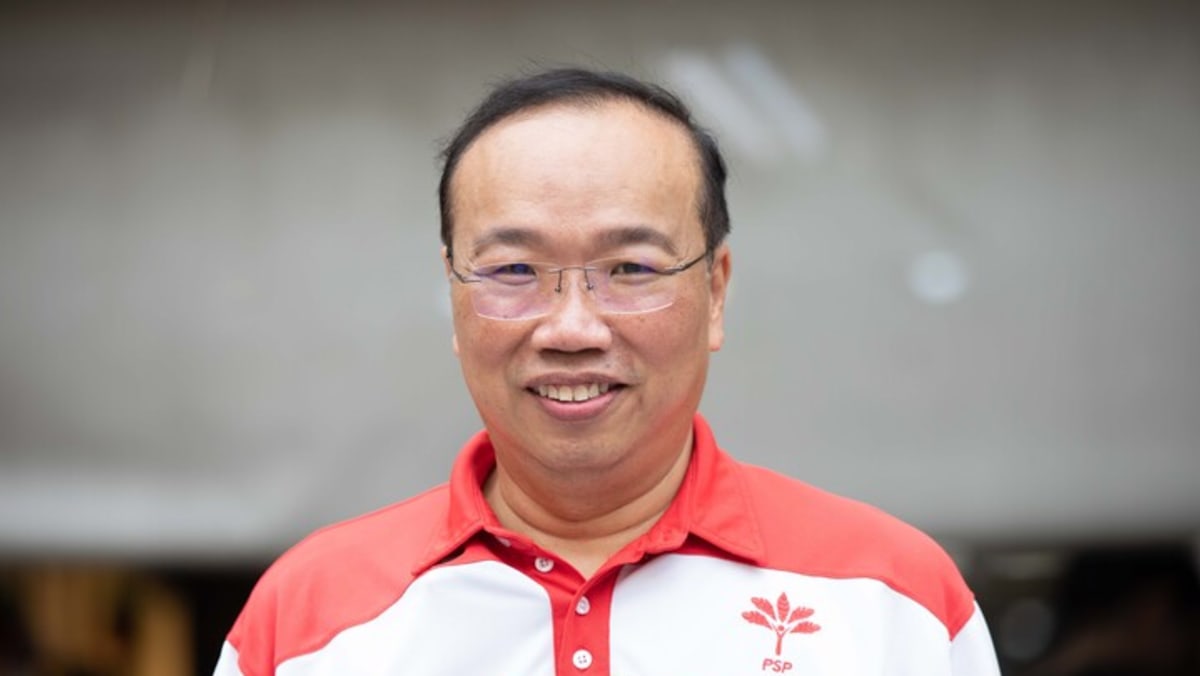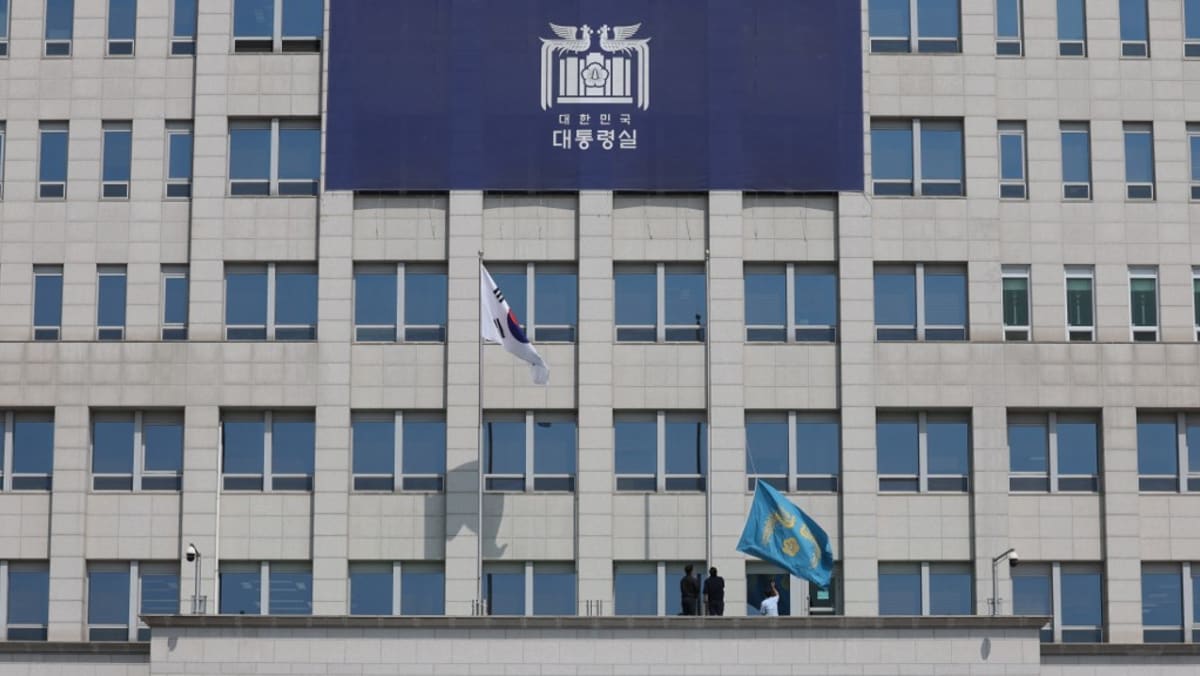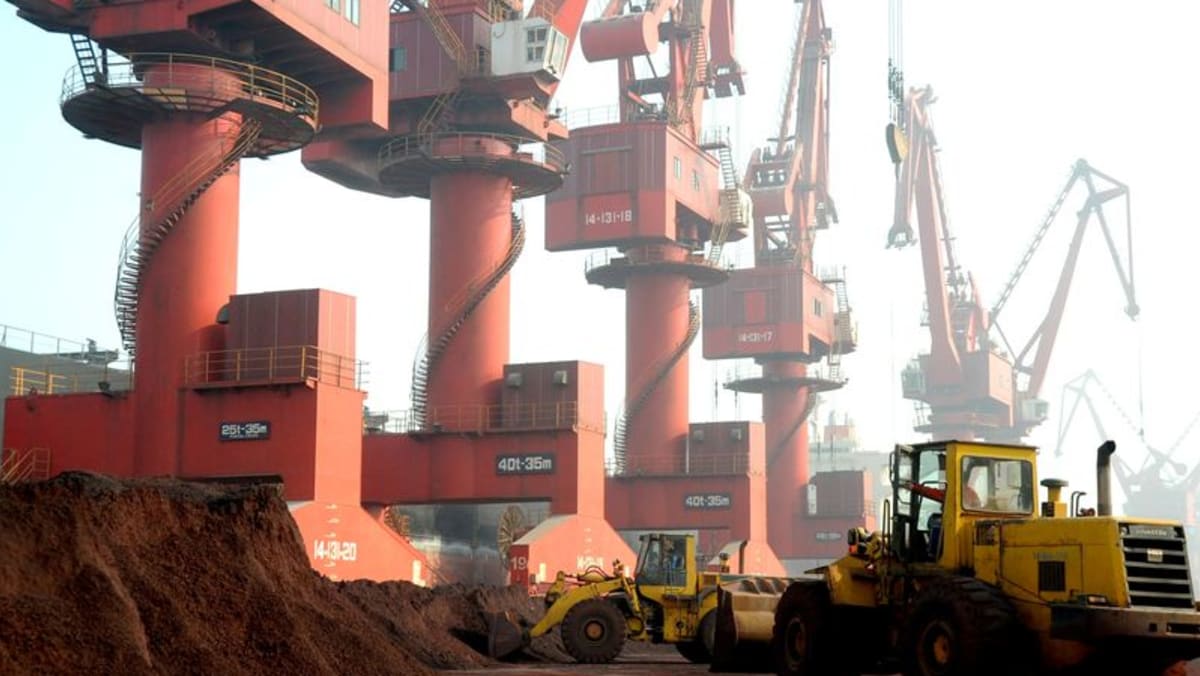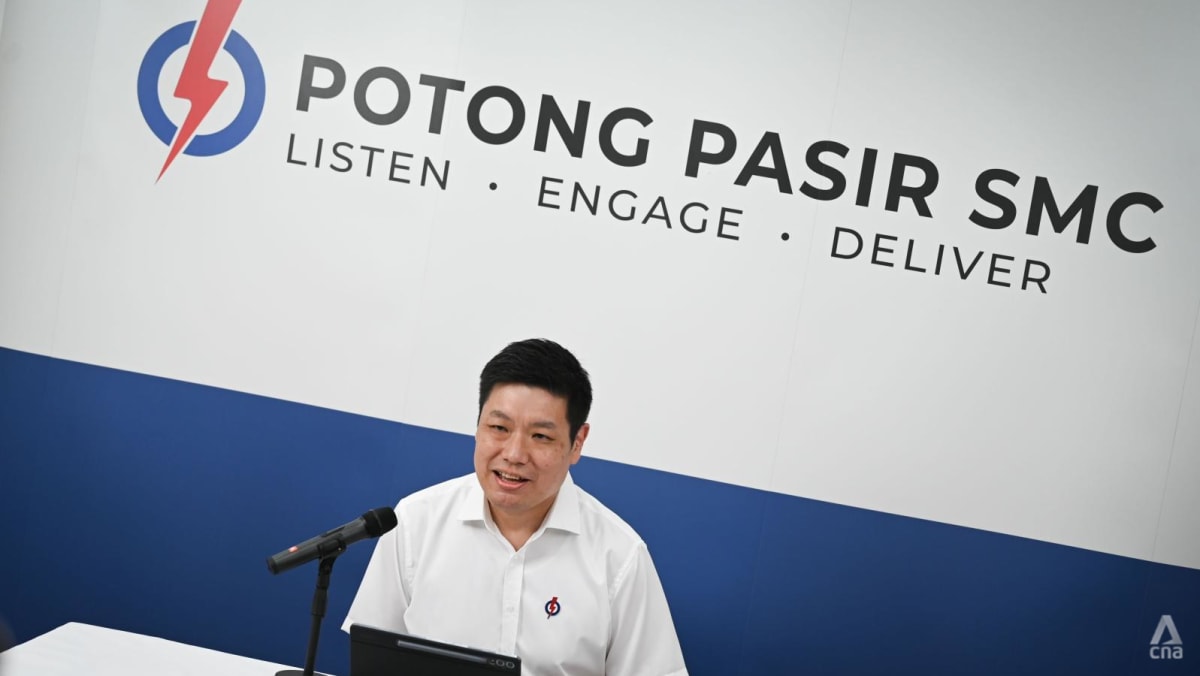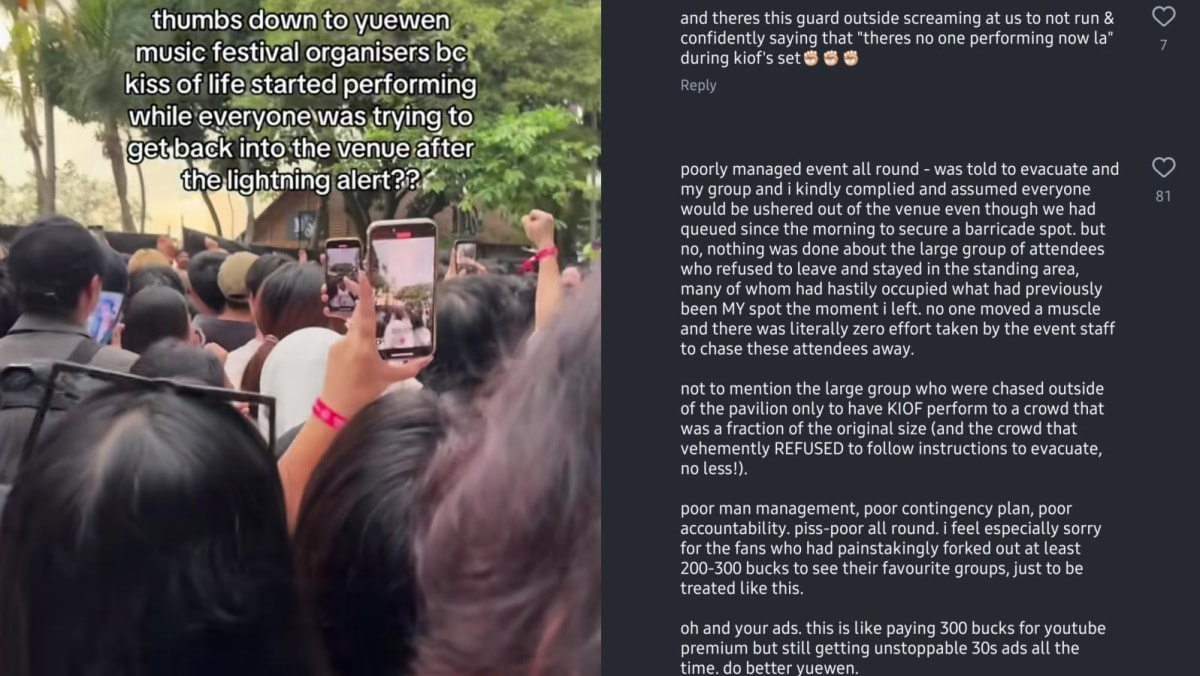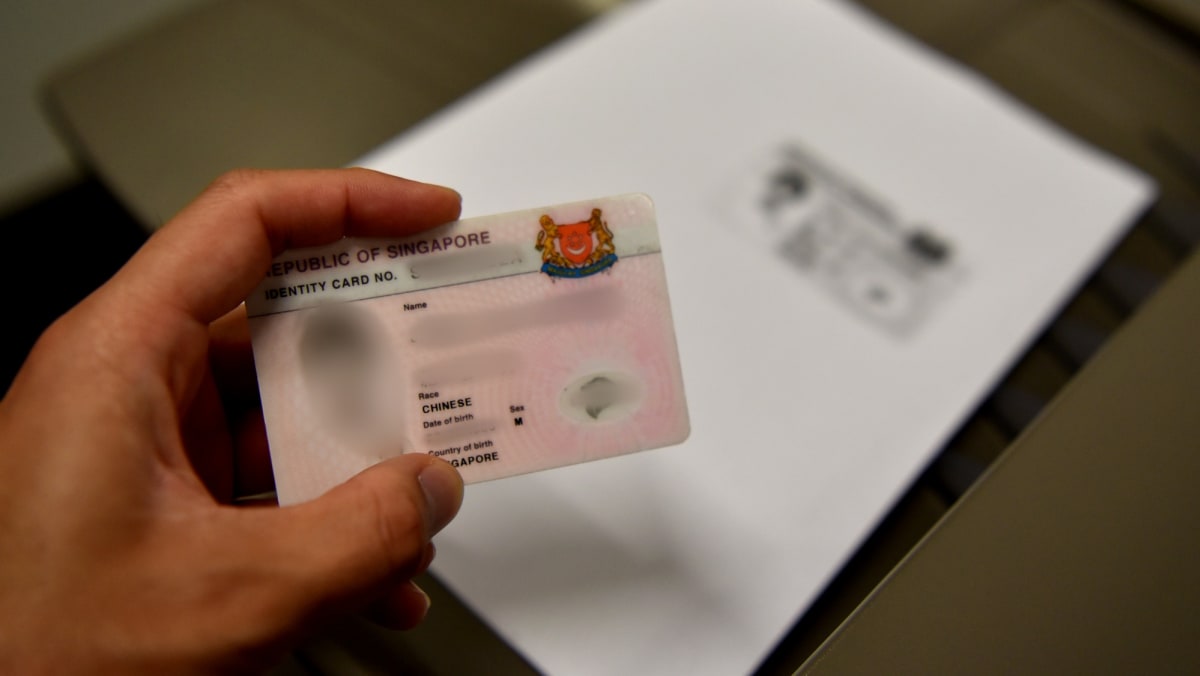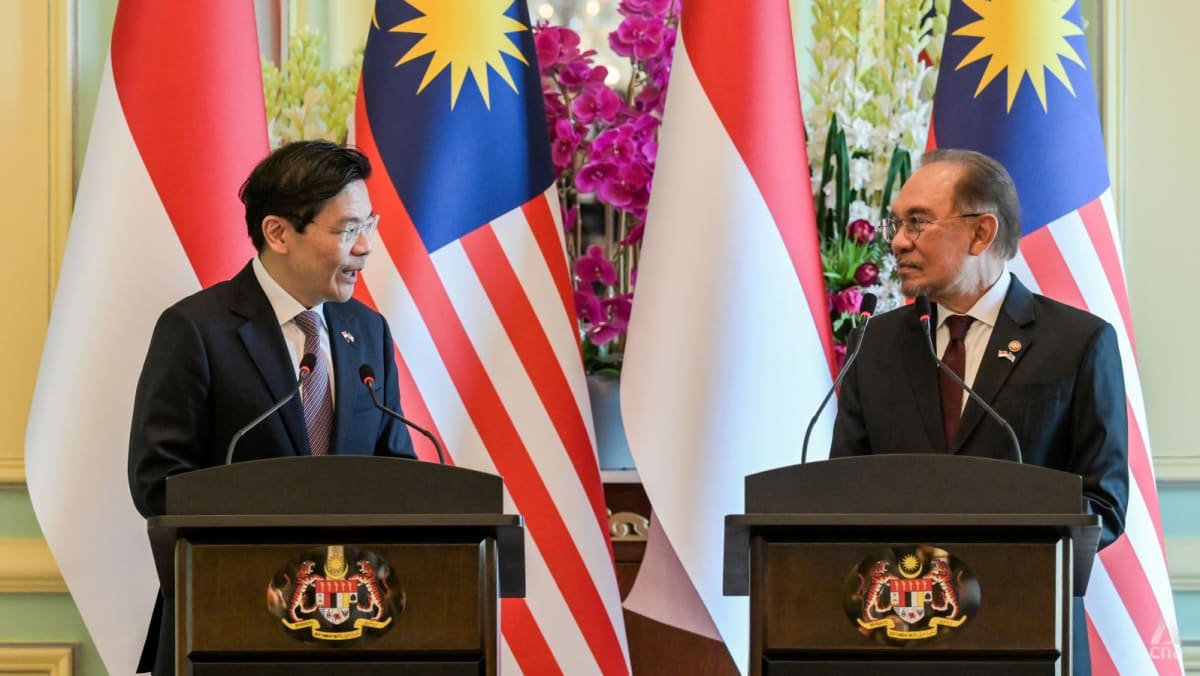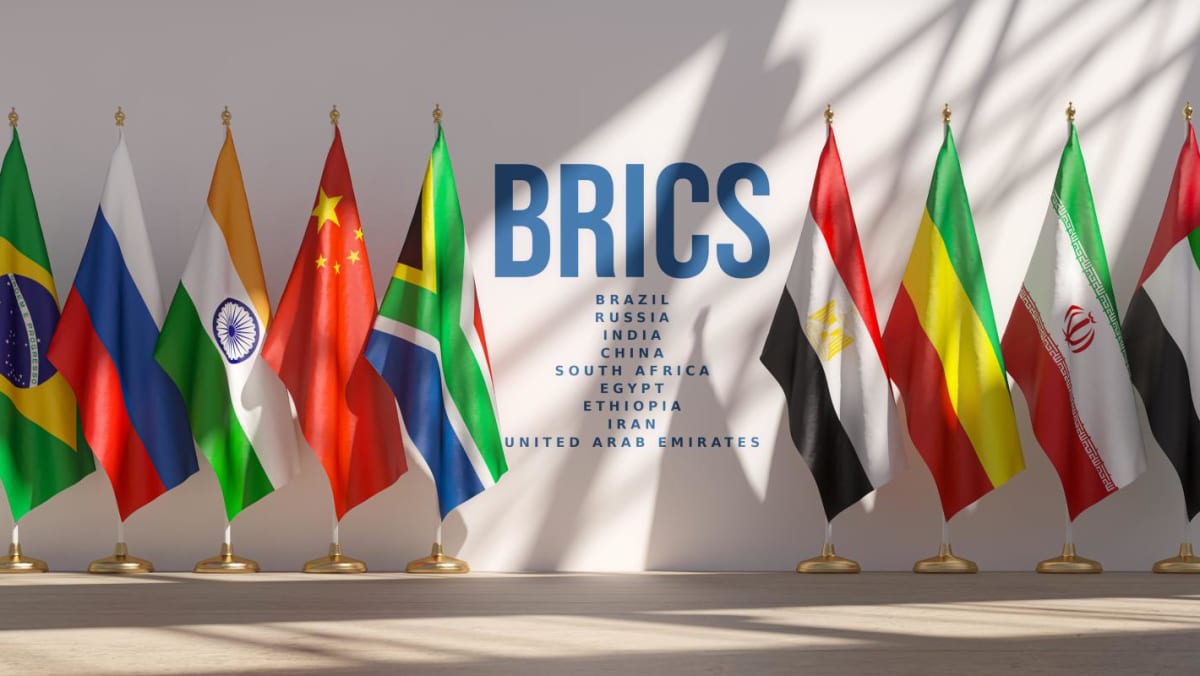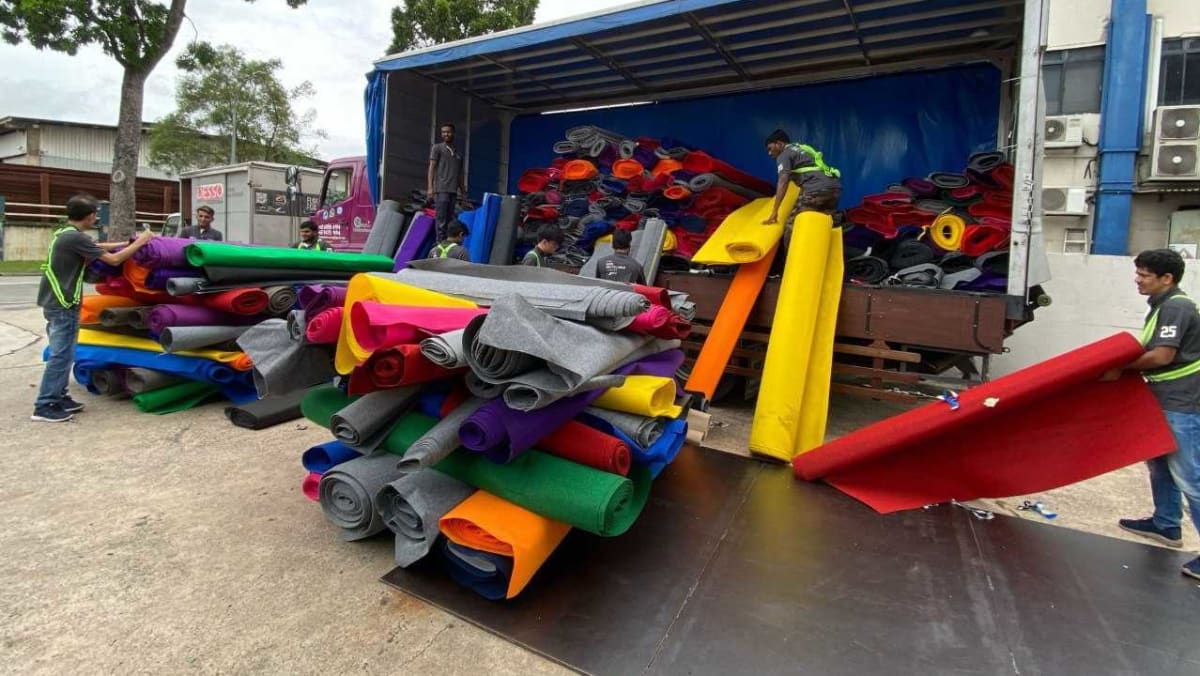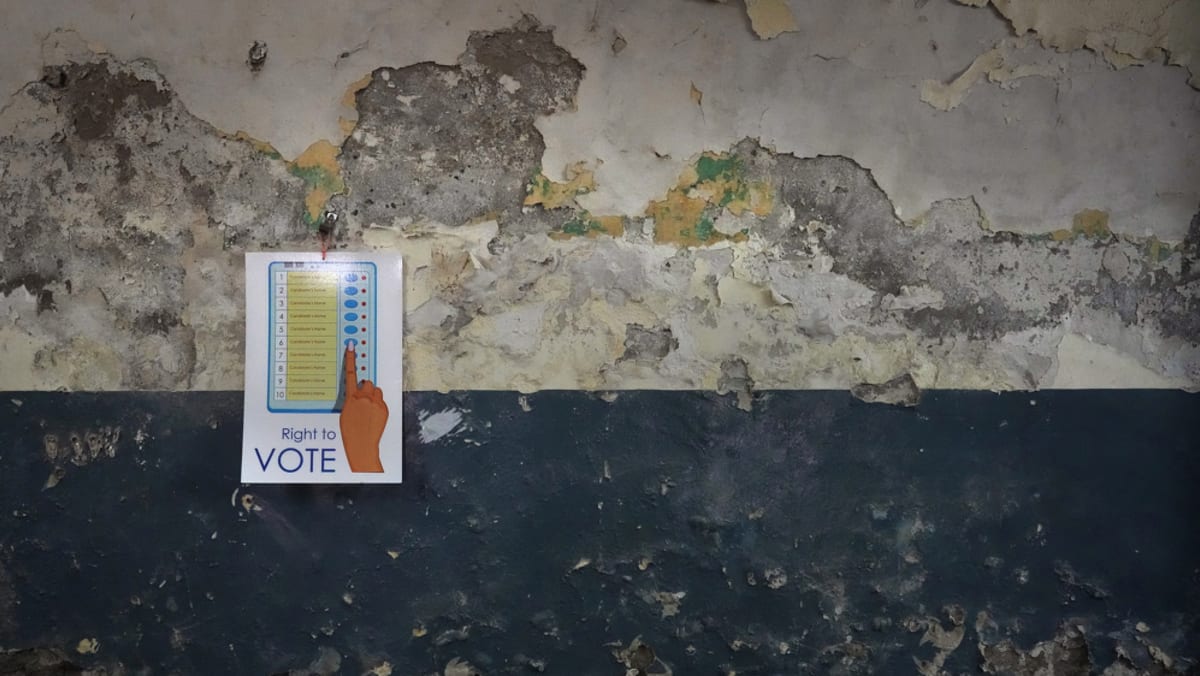Exploring Japan's extreme weather challenges, this episode unveils the resilience of communities and cutting-edge innovations like hail alerts that protect lives, businesses and futures.
In the face of Japan's increasingly volatile weather, communities and innovators are rallying against the odds. This episode begins by drawing viewers into the aftermath of a New Year's Eve earthquake in Wajima City, Ishikawa Prefecture. With a seismic intensity of seven, the quake devastated homes, followed nine months later by torrential rains that compounded the destruction. Amidst the debris, stories of resilience and recovery emerge.
Shinsuke Gushima, a registered insurance appraiser, plays a pivotal role in the recovery efforts. Visiting the site of a two-storey house damaged by both earthquake and flooding, Gushima meticulously calculates insurance payouts. His task is complex, as water damage is covered under fire insurance, while earthquake damage falls under a different category. As Gushima explains: “After a disaster, correctly assessing damage is crucial for fair compensation.”
In Wajima, the impact extends beyond residential properties. A lacquerware manufacturer with a 65-year history suffered extensive losses, including a single piece of lacquerware valued at five million yen (S$44,150), rendered worthless after floodwaters reached 27 centimetres inside the building. “This machine, used for polishing lacquer, was toppled by the quake. It’s unusable now,” shares Naruhito Hori, the manufacturer’s representative. Stories like this underscore the challenges of rebuilding livelihoods.
The episode highlights the plight of families like the Funaitas, whose home was inundated by 60-centimetre floodwaters. Their first floor was destroyed, forcing them to seek refuge in a shelter. “The water was so strong it moved our fridge across the room,” recalls Mrs Funaita. Despite these hardships, supportive messages from teenage volunteers, such as “Live long, get to 200 years,” adorn their temporary accommodations, offering hope and solidarity.
As the narrative unfolds, the focus shifts to technological advancements aimed at mitigating weather-related disasters. Mitsui Sumitomo Insurance Group, one of Japan’s largest insurance firms, has mobilised resources to respond swiftly to disaster claims. Employing over 12,000 people, the company processed around 200 claims from Wajima alone. Beyond payouts, Mitsui Sumitomo is investing in disaster prevention, a move the Claims Support Department director, Koichi Suzuto, calls essential for their mission. “If we can prevent accidents, it’s a win-win for everyone,” Suzuto asserts.
One of the most striking innovations showcased is Toshiba’s hail alert system, developed in collaboration with Mitsui Sumitomo. Trialled in hail-prone Gunma Prefecture, the system sends real-time notifications to users, allowing them to protect their property. Wada Masakazu, an engineer at Toshiba, explains the motivation behind the project: “Even a small improvement can help greatly.” The system uses radar data and real-time social media reports to predict hailstorms, providing crucial lead time to those in affected areas.
The episode also delves into the challenges of forecasting hail. With damage claims from hailstorms rising dramatically - from 350 vehicle cases in 2020 to 17,000 in 2023 - insurance payouts have soared to 12.5 billion yen. The urgency of addressing this growing issue is evident. Spectee, a company that collects and analyses disaster-related videos from social media, collaborates with Toshiba to refine predictions further.
Hailstorms are not the only concern. The programme showcases the broader implications of extreme weather, including record-breaking rainfall and its devastating impact on agriculture. In Midori City, Gunma Prefecture, a farmer shares how a hailstorm shattered 500 glass panes in his greenhouse, resulting in repair costs of four million yen. “Eighty per cent of the cost was covered by agricultural insurance,” he notes, highlighting the vital role of insurance in disaster recovery.
Despite the challenges, the episode ends on a hopeful note. Engineers, insurers, and communities continue to push boundaries, working towards a safer future. From Gushima’s meticulous appraisals to Wada’s innovative alert systems, these efforts show the determination to confront nature’s fury with ingenuity and compassion. As one resident reflects, “We don’t know what the future has in store, but right now, we are at ease.”
This episode captures the human spirit and technological ingenuity that define Japan’s response to its escalating weather crises. It leaves viewers inspired by the resilience of its people and the promise of a brighter, safer tomorrow.
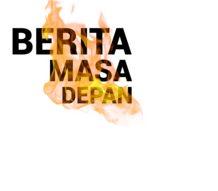

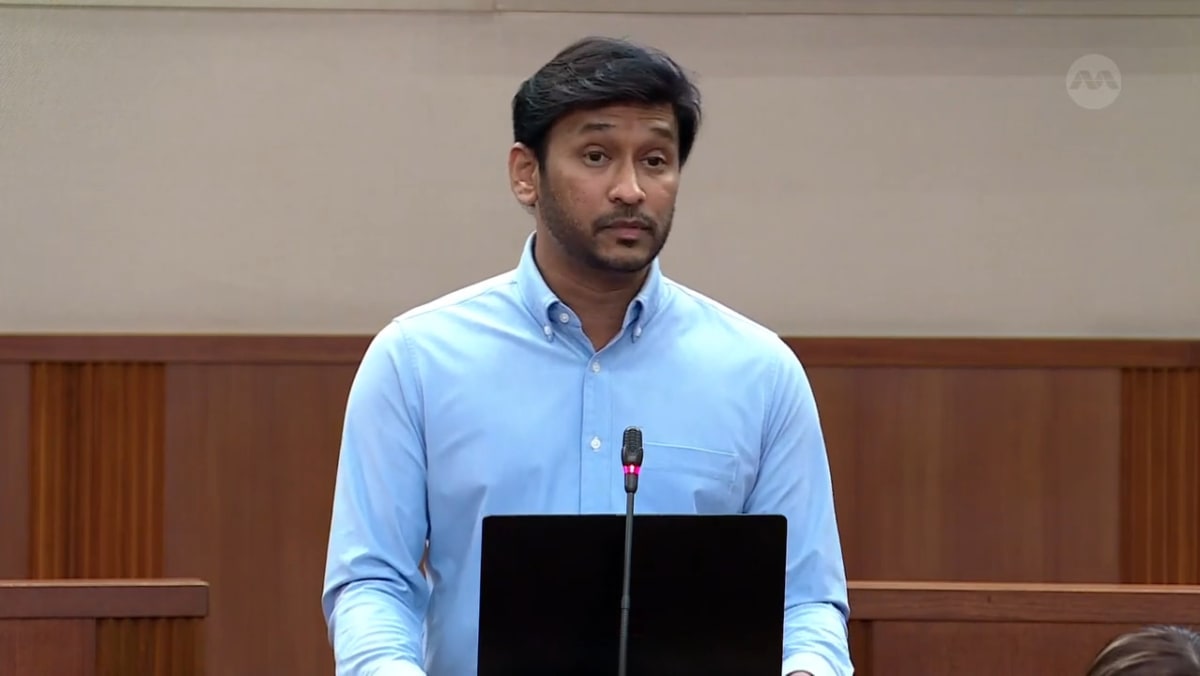
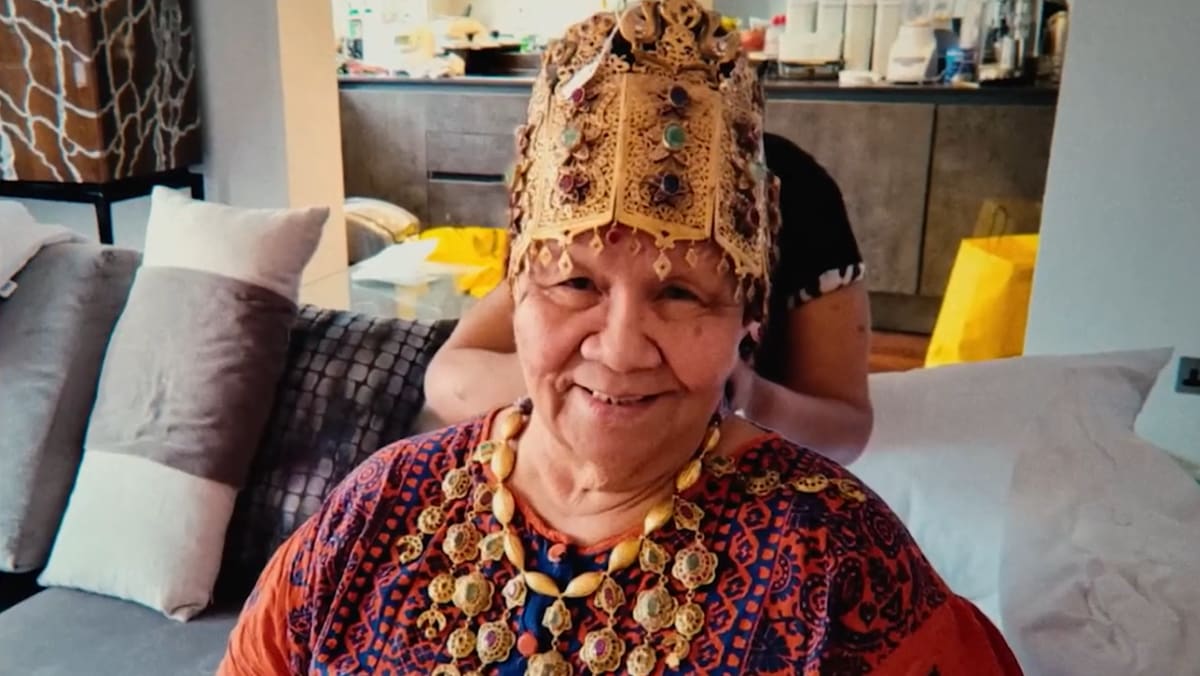
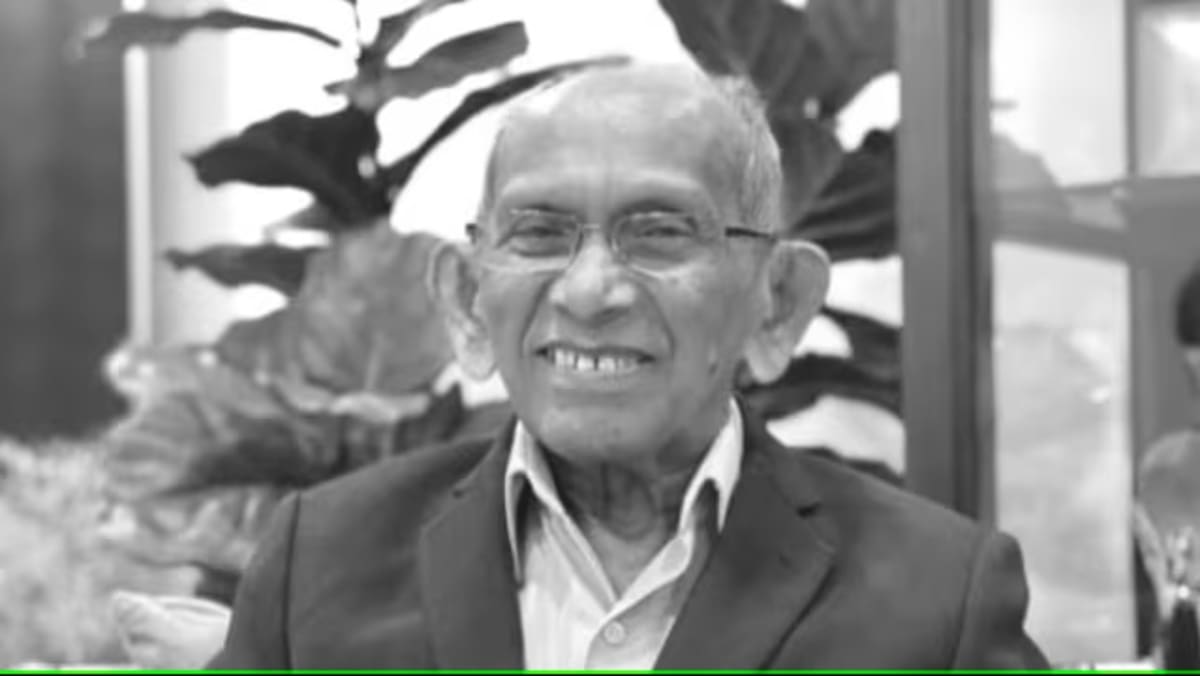

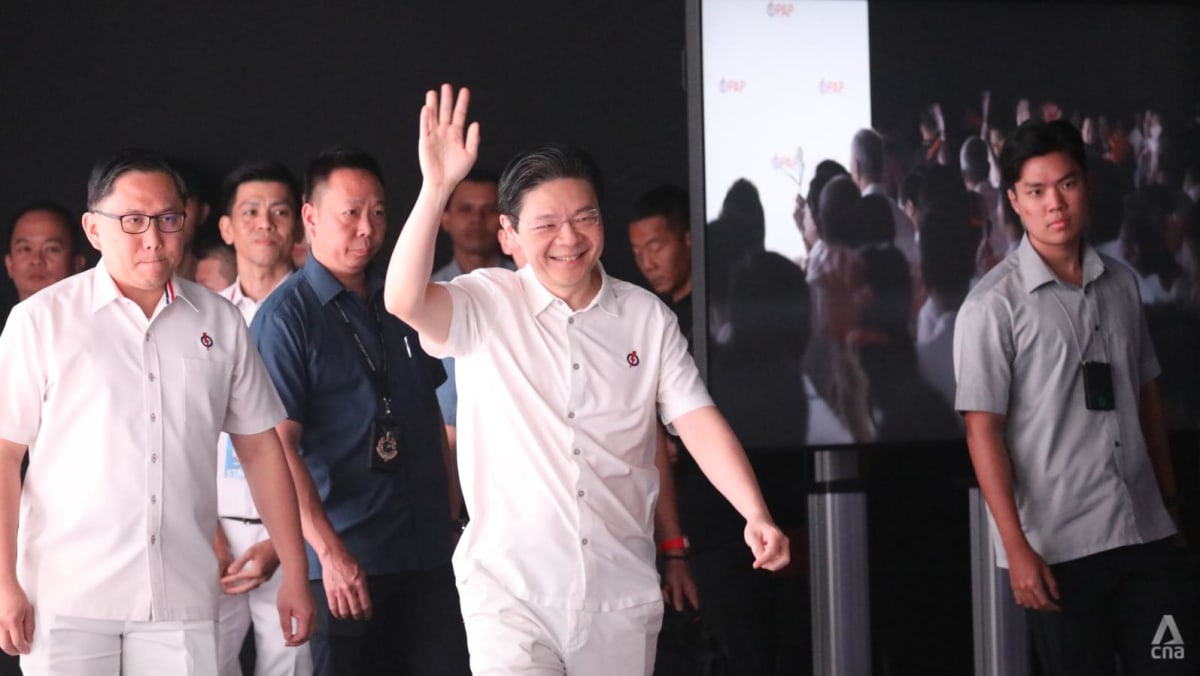
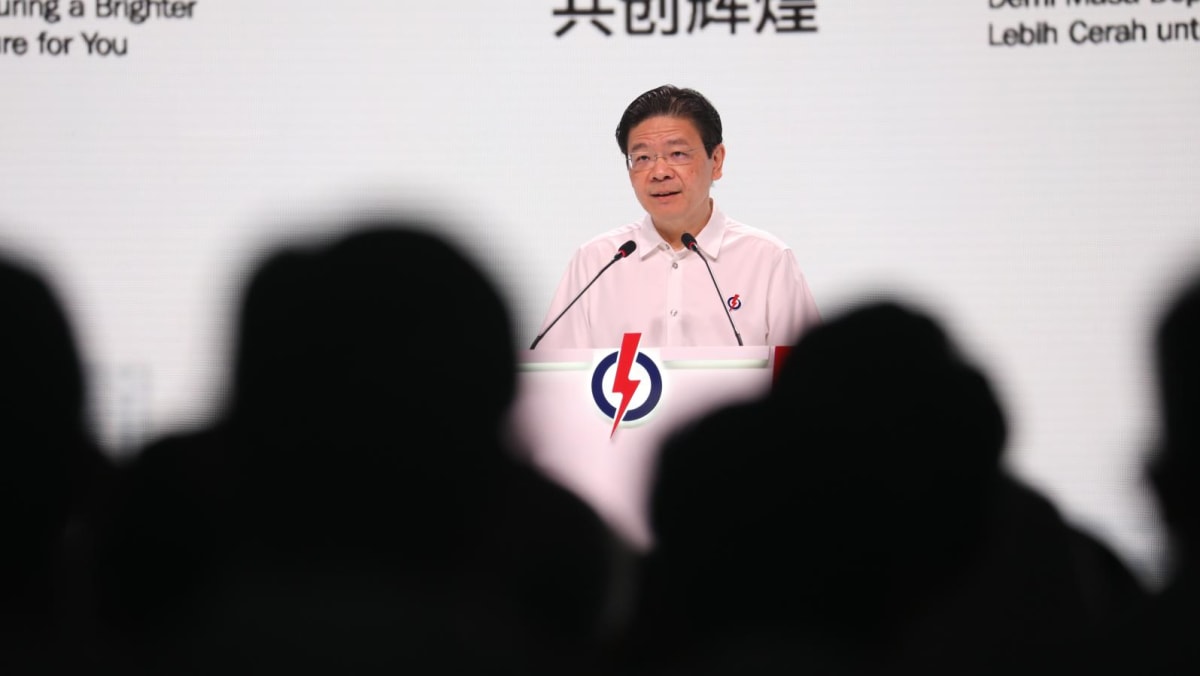
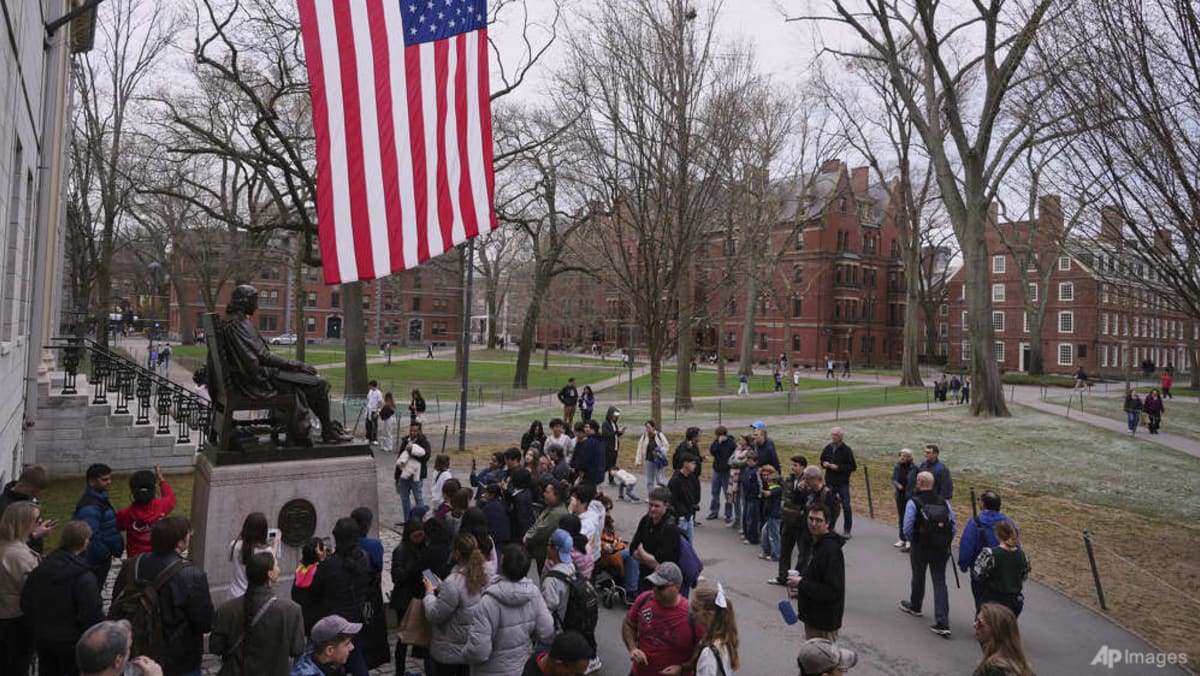
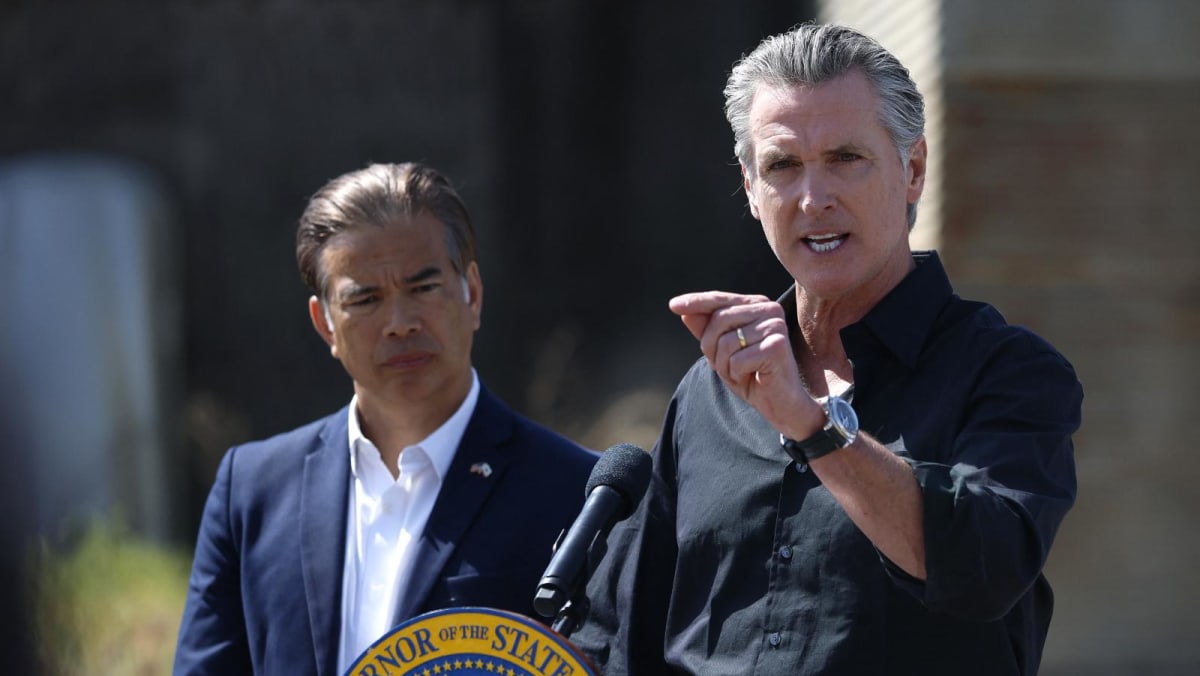


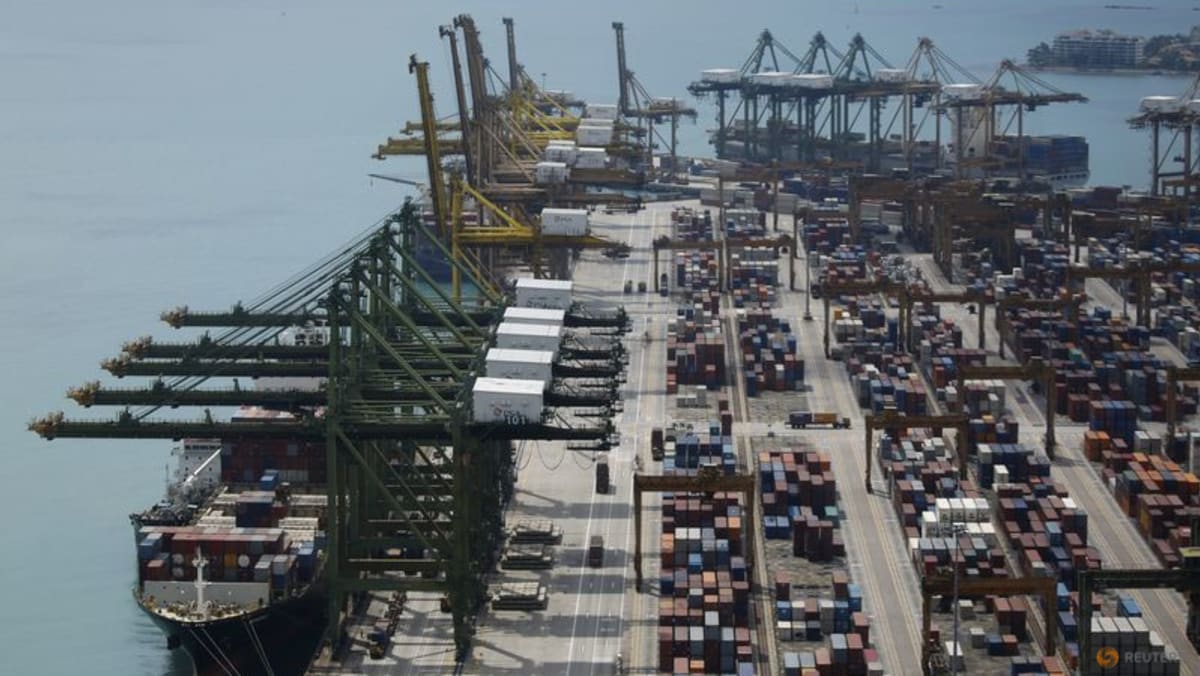
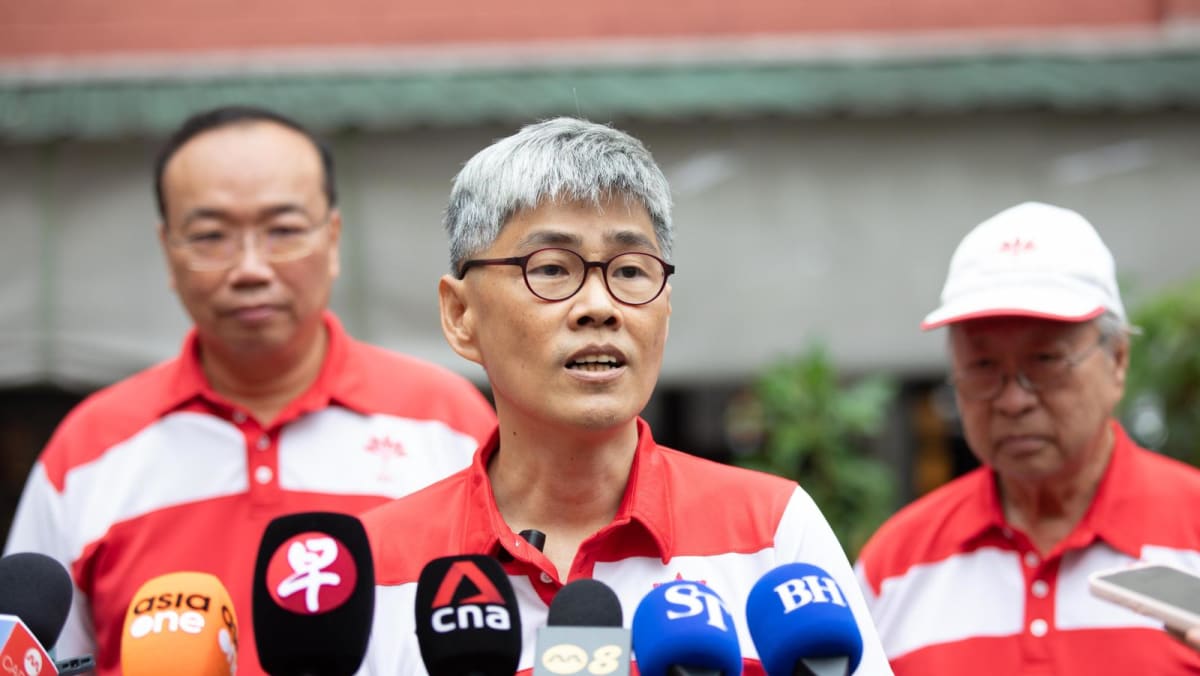
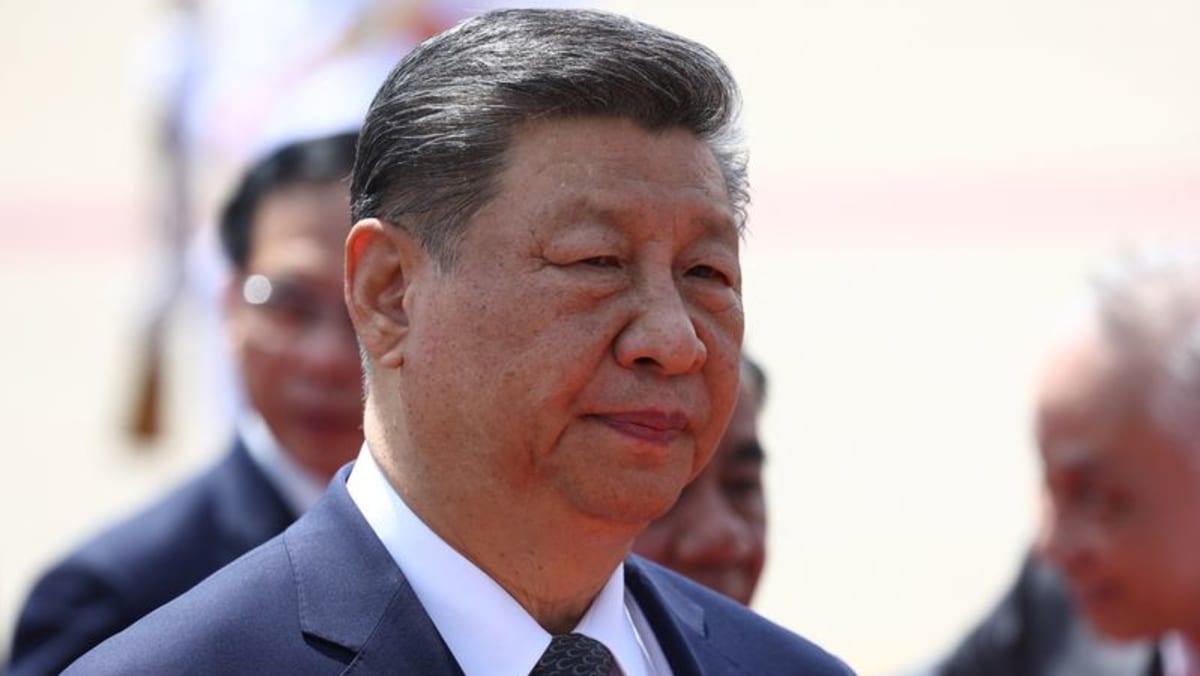
.png?itok=erLSagvf)
